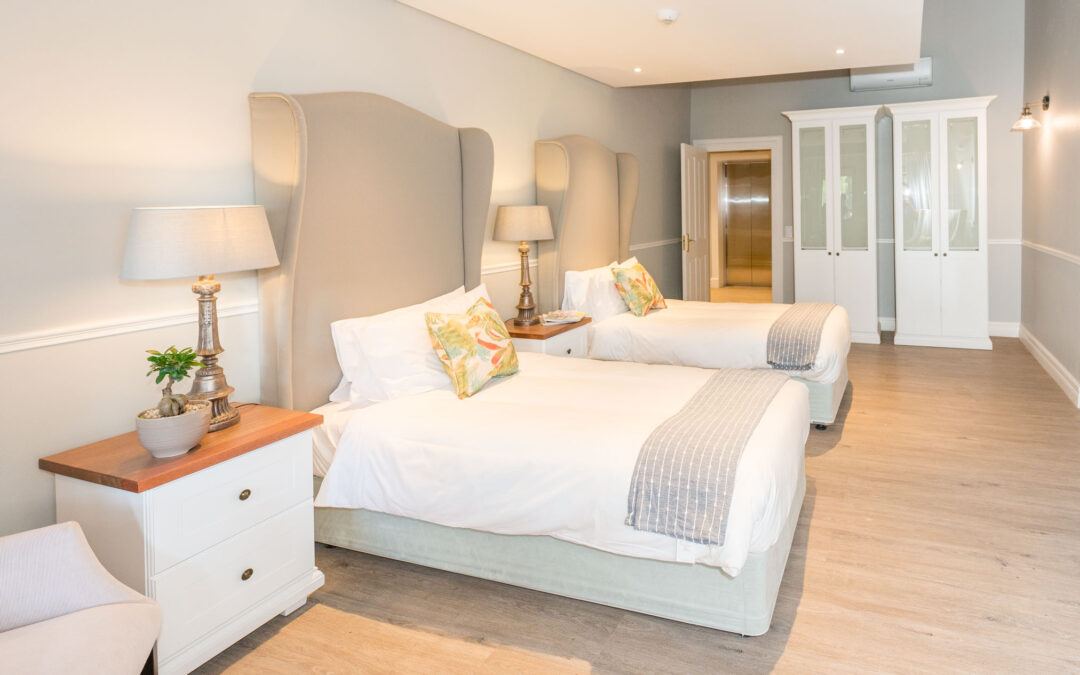Creating the right living environment for people with dementia is extremely important to their well-being and safety. A successful dementia-friendly environment can help prevent confusion and reduce tension amongst residents. This significantly improves their health and general well-being, and not only does it make it easier for the staff to provide adequate care, but it also allows the residents to live far more independently.
Many argue that the key to creating the right environment is only about design, but this is not true. A good design can set you on the right path to achieving the right look; however, the most successful dementia-friendly settings are also underpinned by an effective care model. Follow our advice to create the right environment for your loved ones in your home.
1) Colour
The use of colour and contrast can be beneficial for people living with dementia, but heavily patterned wallpaper and fabric should be avoided as this can lead to overstimulation. You can introduce bold colours by painting accent walls or hanging up abstract and colourful wall art. The use of contrasting colours in the bathroom is also important as bathrooms tend to be white and clinical; having a different colour toilet seat or toilet paper holder can be useful for your loved one with dementia.
2) Familiar Furniture
Furniture is essential to creating the right environment for our residents. When selecting furniture, you may want to consider items that have been specifically designed to help people with dementia feel more relaxed and at home. Introducing their own furniture that they are familiar with makes them feel much more settled. Those living with dementia tend to spend a lot of time sitting down, so it’s important to sit comfortably. Installing seats in a range of different colours is a great way to ensure residents find the right seat for them. Just ensure that the couches and chairs aren’t too deep as this can create difficulty for your loved when trying to get up from the chair.
3) Memory Triggers
Accessories that relate to memories, such as photographs and memory boxes, are also an excellent way to help make those living with dementia feel more at ease. Use these personal objects and memory triggers to help residents and loved ones find their own space and familiarise themselves with their environment.
4) Safety and Orientation
Lowering the heat of the geyser, adding non-slip mats, ensuring adequate lighting and adding grab rails and toilet seat raisers in the bathroom are some of the simple adaptations you can make to the home to ensure it is safe. Creating an ‘orientation board’ is an option. This can be a whiteboard with the date, calendar and important appointments for your loved one with dementia.
5) Compensation Methods
Adding labels to the kitchen and bedroom cupboards is a great way to encourage and maintain independence. Start by introducing large boldly printed words or pictures so that your loved one with dementia can easily find the items that they are looking for, this will also help decrease the amount of frustration that they experience. Having a key holder/hooks by the front door will remind your loved one with dementia to hang up their keys, dog leashes and jackets as well. Adding red stickers to the light switches and introducing remote controls as guides for your loved one with dementia can also help maintain independence.
There are many ways to change your environment into a dementia-friendly one, but just starting with these simple changes will already positively impact your loved ones.
